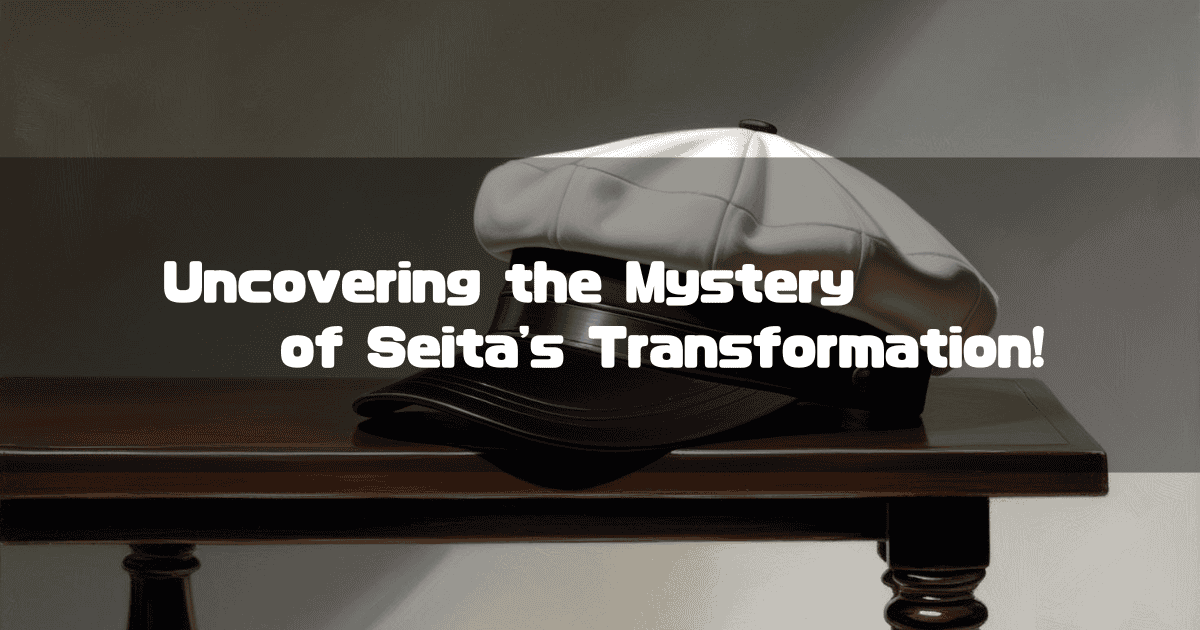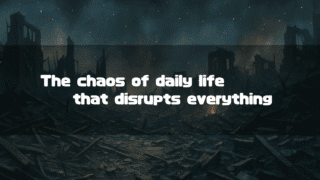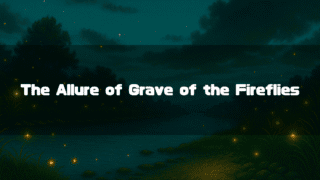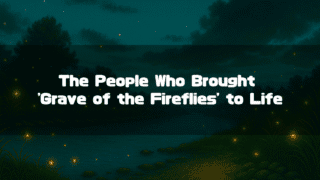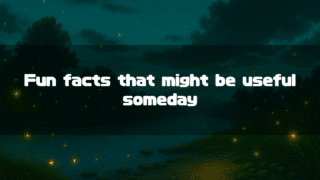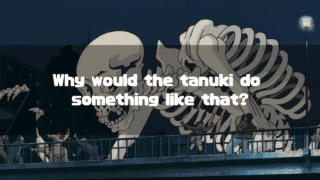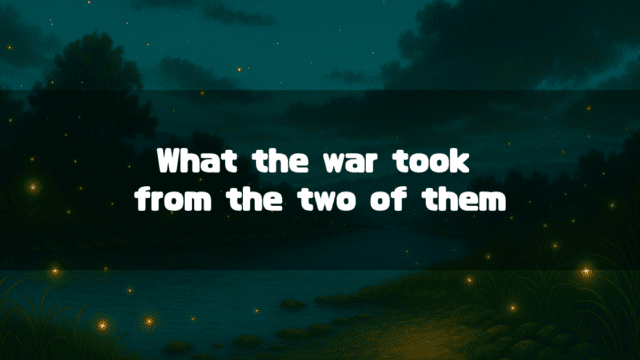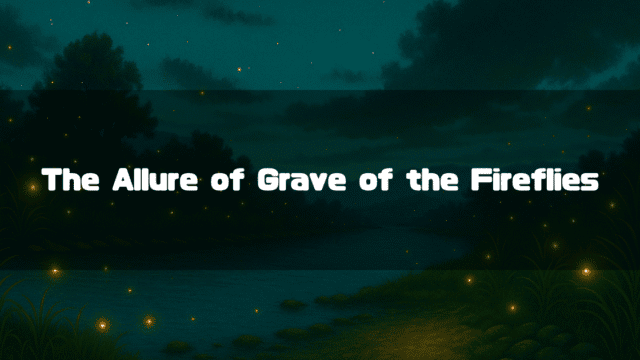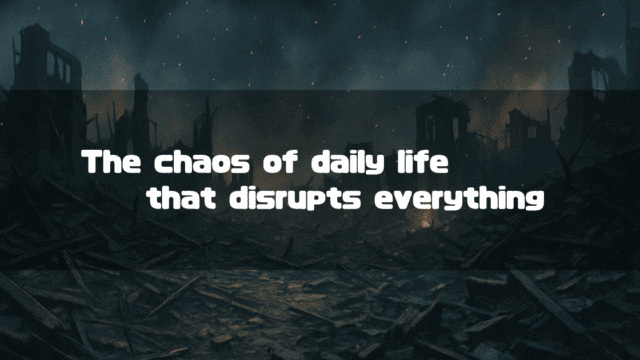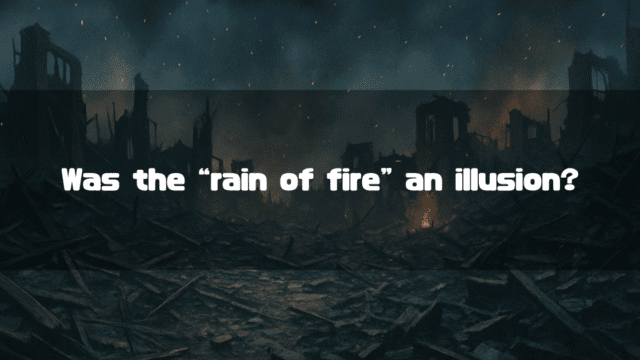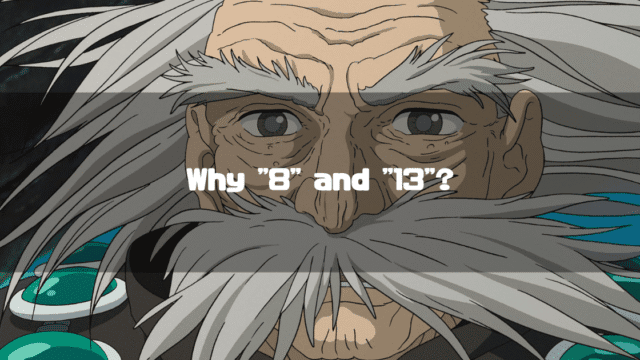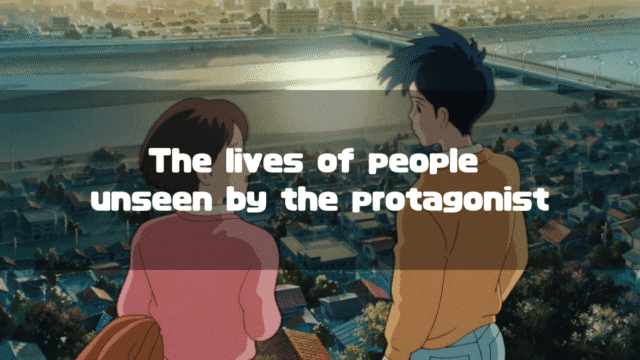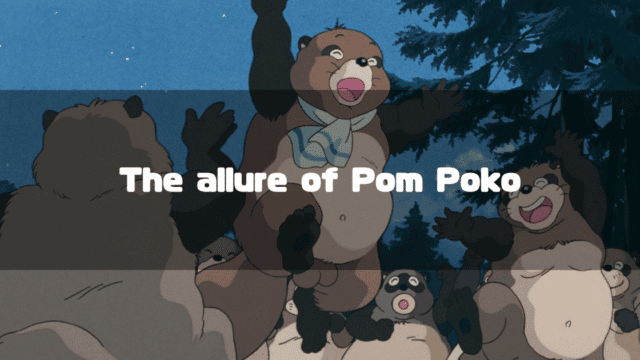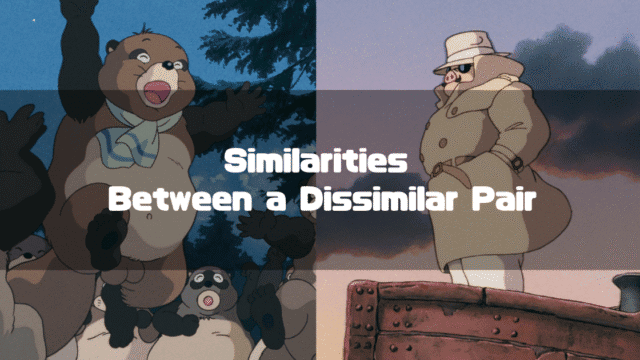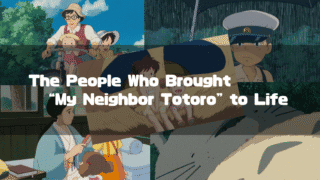“Grave of the Fireflies(Studio Ghibli Official)” is a 1988 animated feature film directed by Isao Takahata. Based on the novel of the same name by Akiyuki Nosaka, it depicts the period from the end of the Pacific War to the postwar era.
The story centers on the lives of a brother (Seita) and his younger sister (Setsuko), who lose their mother in an air raid and can no longer contact their father, a captain in the Imperial Japanese Navy. Ultimately, the sister dies of weakness due to malnutrition, and a month later, the brother also dies for the same reason.
Because of its overwhelmingly sad ending, I think this film has become known as “a movie you watch once in your life and never see again“.
This also gives rise to the issue of wanting to blame Seita for his sister Setsuko’s death.
Seita’s relationship with the aunt who took them in deteriorates, and Seita and Setsuko start living in a cave (a bomb shelter). Since they ended up in poverty and Setsuko died of malnutrition, it’s not unreasonable for viewers to think of Seita, “Just apologize to your aunt!“
In this article, I want to think a little more about Seita. I don’t think the fact that Seita led Setsuko to her death changes, but the main point I want to make in this article is that “you should watch ‘Grave of the Fireflies’ a second time” (though a third time isn’t necessary).
*This article is an English translation of the original Japanese article, “【火垂るの墓】清太の心の傷を考える-エヴァンゲリオンの碇シンジ評との比較-“
Let’s consider what this means, step by step.
Let an AI walk you through the highlights of this post in a simple, conversational style.
-
Seita in the beginning is a “respectable boy”
Taking care of Setsuko in place of his mother, burying rice and pickled plums during air raids—he is depicted as having a sense of responsibility and the ability to act. He has a reliability that allows him to handle situations calmly even in the chaos of wartime. -
The mental breakdown caused by his mother’s death
The shock of his mother’s body being treated carelessly and the horror of the Kobe air raid were too harsh for 14-year-old Seita, and his spirit breaks. As a result, his loss of motivation for anything other than caring for Setsuko becomes prominent in the latter half of the film. -
Similarities and contrasts with Shinji Ikari
Shinji Ikari from “Evangelion” also goes through a process where, while generally depicted as a “boy who tries his best” in the TV series, his “flawed parts” are emphasized in the original movie. Seita is similar in that his impression changes drastically between the beginning and the end. -
Seita’s “humanity” revealed on a second viewing
While it’s easy to focus only on the intense ending of Setsuko’s death, watching the story again from the beginning reveals the gap between the “image of a kind, family-oriented boy” that Seita showed at the start and the changes in the latter half. Looking not just at the criticism of Seita but also at his emotional scars can lead to a deeper understanding.
Seita’s Transformation and Unseen Scars in “Grave of the Fireflies”
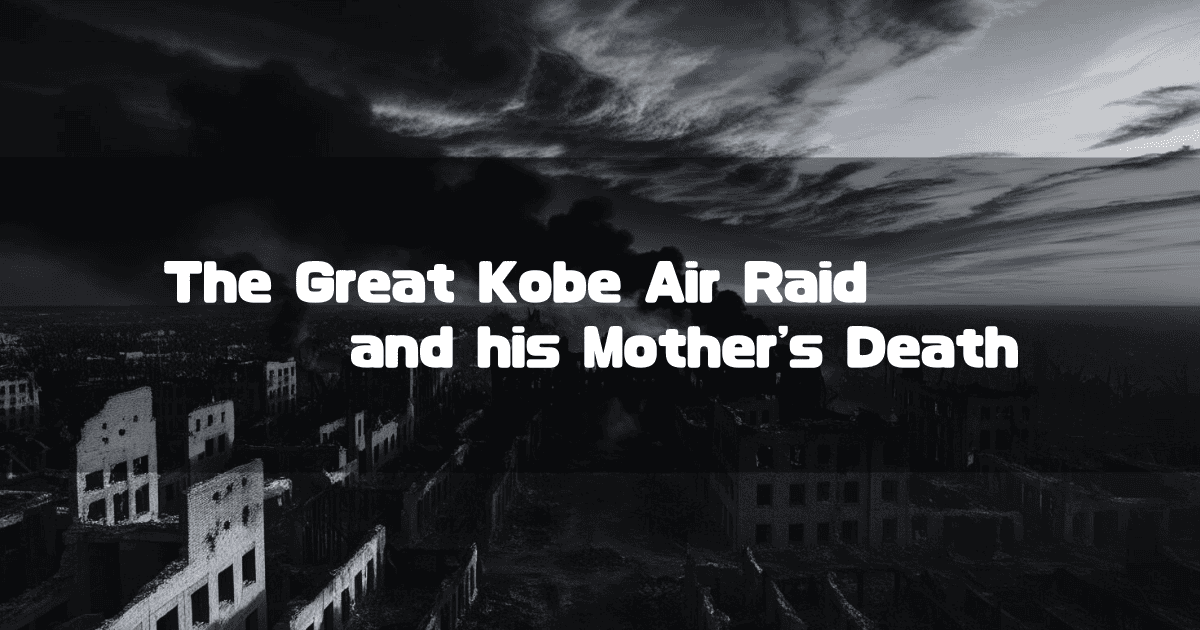
Seita Before Going to His Aunt’s House
Anyone who has seen “Grave of the Fireflies” even once might have the following impressions of the protagonist, Seita:
- A lazy person who does nothing despite living off his aunt
- Selfish, thinking only of himself during the chaotic period of war
- A fool who involved his sister in his selfishness and killed her
In reality, Seita does have these aspects, and I don’t particularly deny them, but looking at Seita at the beginning of the story again gives a completely different impression. That is, Seita is:
- He takes care of Setsuko in place of his mother who has a weak heart, and is deeply trusted by her,
- He properly prepares before fleeing to the bomb shelter, such as burying pickled plums and rice in the garden,
- He doesn’t lose his composure even when seeing his mother covered in bandages from severe burns,
- He desperately comforts Setsuko, who is lonely because she can’t see her mother,
- He properly witnesses the situation where his mother is cremated, treated like an “object,”
- He manages to reach relatives with Setsuko in tow.
In other words, he is a proper and respectable boy.
Seeing Seita at the beginning makes the Seita in the latter half seem like a different person. That Seita wouldn’t have gotten into a “tit-for-tat” argument with his aunt, and it’s hard to imagine him not actively helping with housework.
Wouldn’t it be natural to think that something happened to Seita?
Seita’s Tears and Emotional Scars
Almost the only hint as to the cause of Seita’s transformation is the scene in the latter half of the story where Setsuko buries a large number of fireflies in a hole she dug herself.
Seeing the mass of fireflies being buried, Seita recalls the sight of his own mother being thrown into a hole in the same way.
The tears Seita sheds in this scene seem to have two meanings: “tears for the fact that Setsuko was living so desperately while already knowing of their mother’s death,” and “an outward expression of the shock over his mother’s death and the way she was treated, which he had been hiding inside himself.”
Looking back at Seita’s experiences again,
- Fleeing through the Great Kobe Air Raid while battling the fear of death,
- Just when he thought he had escaped, his mother was covered in bandages from severe burns all over her body, with no trace of her gentle self,
- Her remains were treated like an “object” and thrown into a hole with other bodies,
- He is handed a mixture of bones from many bodies as his mother’s remains.
These are experiences that a 14-year-old boy could hardly be expected to endure.
And in fact, his spirit probably couldn’t take it.
His spirit was shattered, but he must have been holding onto his sanity by a thread through his sense of duty to take care of Setsuko and his love for her.
That’s why he takes care of Setsuko, but he had become someone who could do nothing but take care of Setsuko. I believe he no longer had the strength to do anything else.
When we remember Seita, it’s always in conjunction with Setsuko’s tragedy, which makes it very difficult to sympathize with him. However, if you look at Seita before he went to his aunt’s house, you can also see it from the perspective that the tragedy of war broke his spirit. If anyone is to be blamed, it should be the war (the Great Kobe Air Raid) that broke him.
And thinking of Seita like that, I can’t help but be reminded of Shinji Ikari, the protagonist of “Neon Genesis Evangelion.”
A Comparison of How Shinji Ikari and Seita are Perceived

The Image of Shinji Ikari Solidified by the Original Movie
Shinji Ikari is the protagonist of “Neon Genesis Evangelion.” Now that the series has been properly concluded with the production of “Evangelion: 3.0+1.0 Thrice Upon a Time,” I think the perception of Shinji Ikari has settled down to some extent. However, after the release of “The End of Evangelion” (the so-called “original movie”) in 1997, the evaluation of Shinji Ikari was terrible.
At that time, Shinji Ikari was seen as:
- Whiny and indecisive, unable to decide anything for himself,
- Extremely passive,
- A creep who would masturbate over a girl (Asuka) in a hospital bed,
- A fool who couldn’t even affirm the world he himself had chosen.
…that’s what he had been reduced to, and indeed, that’s how Shinji Ikari was depicted in the “original movie.”
However, after watching the “original movie” and then rewatching the “Evangelion” TV series, it’s presumed that many people thought, “Wait? Shinji is actually trying his best!” The Shinji in the TV series:
- Was suddenly told by his estranged, idiotic father to “Get in the Eva,” a crazy demand,
- Suppressed his desire to run away and fought the Angels,
- Lived desperately while surrounded by useless adults,
- Experienced a little romance,
- Resisted an absurd reality,
- And led to an ending where all beings (children) are congratulated.
No matter how you look at it, Shinji is trying his best, fighting against an impossible reality as a 14-year-old boy. Just like Seita, he was a respectable boy.
However, because of the “original movie,” the reputation of this boy who had lived so respectably was ruined (though this isn’t an issue today, thanks to “Evangelion: 3.0+1.0”).
Why You Should Make the Effort to Watch “Grave of the Fireflies” a Second Time
Isn’t it possible that what happened with “Neon Genesis Evangelion” has occurred within the single film of “Grave of the Fireflies”?
We are drawn in by the greatest tragedy depicted at the end of the story, “Setsuko’s death,” and end up blaming Seita, the effective cause. We think he’s a failure.
Of course, just as Shinji in the “original movie” truly became a “failure,” Seita in “Grave of the Fireflies” also truly becomes a “failure.” That fact doesn’t change.
But, just as looking back at the “Evangelion” TV series changes how you see Shinji Ikari, watching “Grave of the Fireflies” just one more time might slightly change how you see Seita. He was certainly a respectable boy at the beginning of the story.
There’s no need to watch it three times. But perhaps it’s worth watching “Grave of the Fireflies” just one more time to reflect on Seita’s emotional scars.
About the Author
Recent Posts
- 2025-09-16
Maleficent: Full Synopsis and Analysis – A Tale That Complements and Corrects the “Questionable Points” of Sleeping Beauty - 2025-09-15
An Analysis of Disney’s “Sleeping Beauty”: Plot Spoilers, Its Enduring Charm, Lovable Nitpicks, and Differences from the Original Tale - 2025-09-06
The Boy and the Heron: Characters, Voice Actors & Analysis - 2025-09-06
The Boy and the Heron: Full Synopsis & Analysis (Spoilers Explained) - 2025-09-06
The Boy and the Heron: The Amusing “Fraud” Legends of Toshio Suzuki, the Model for the Gray Heron – The History of the Masterful Skill that Supported Studio Ghibli –

